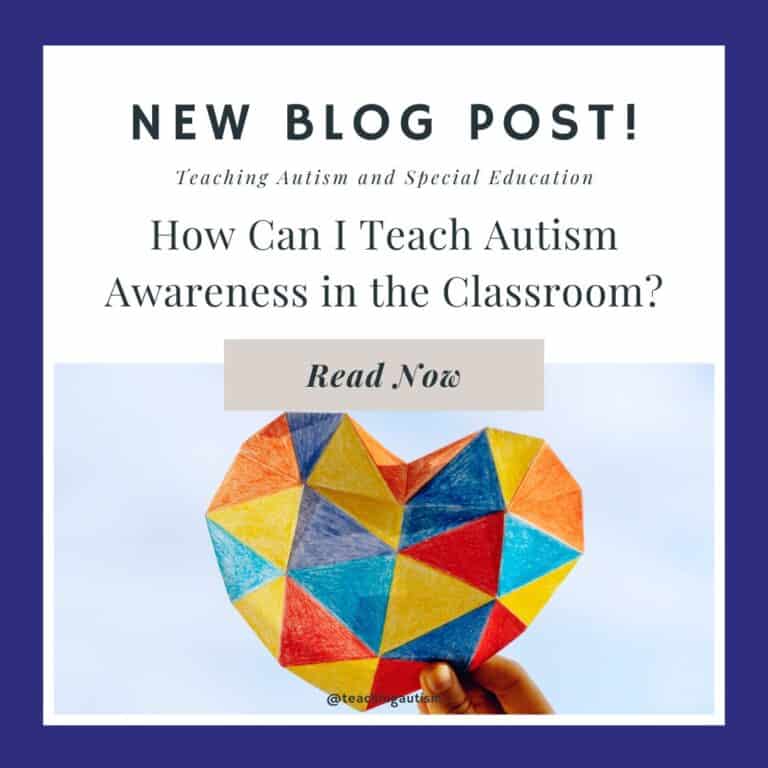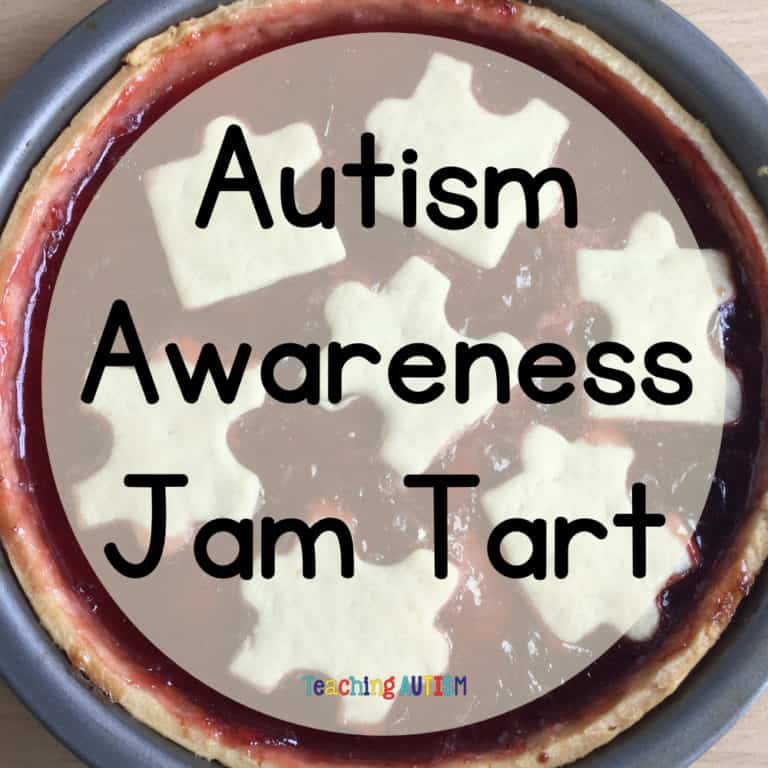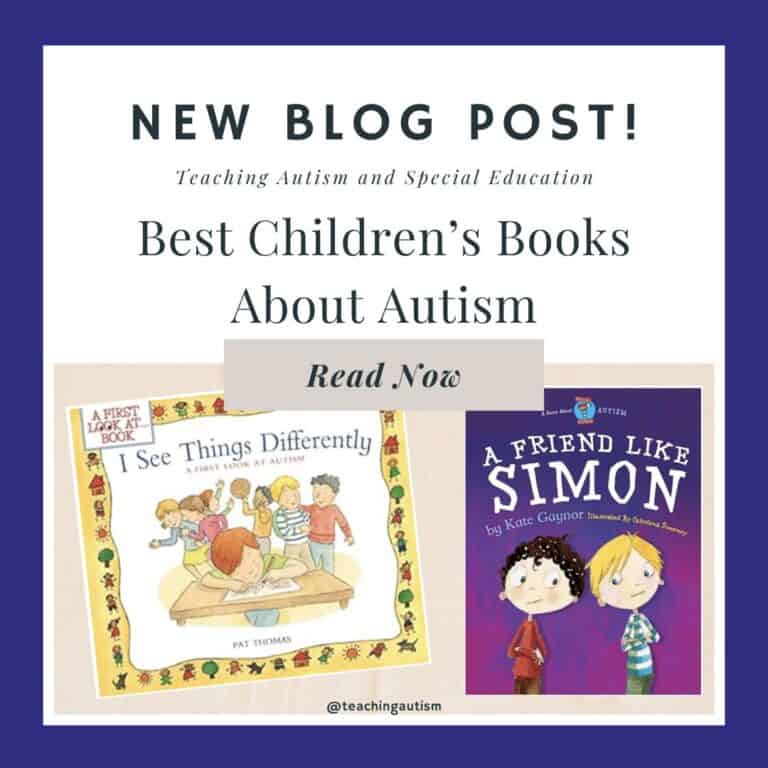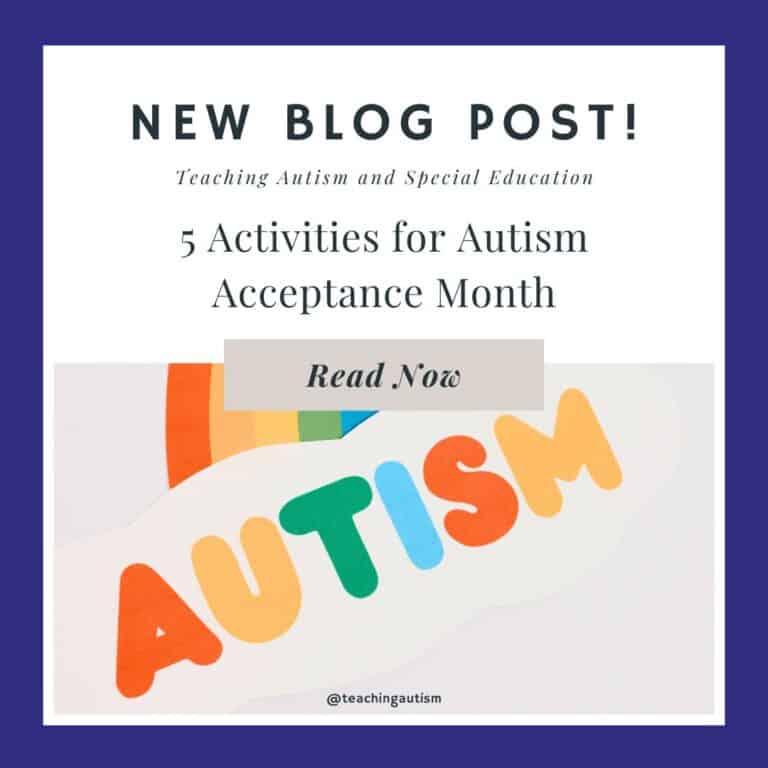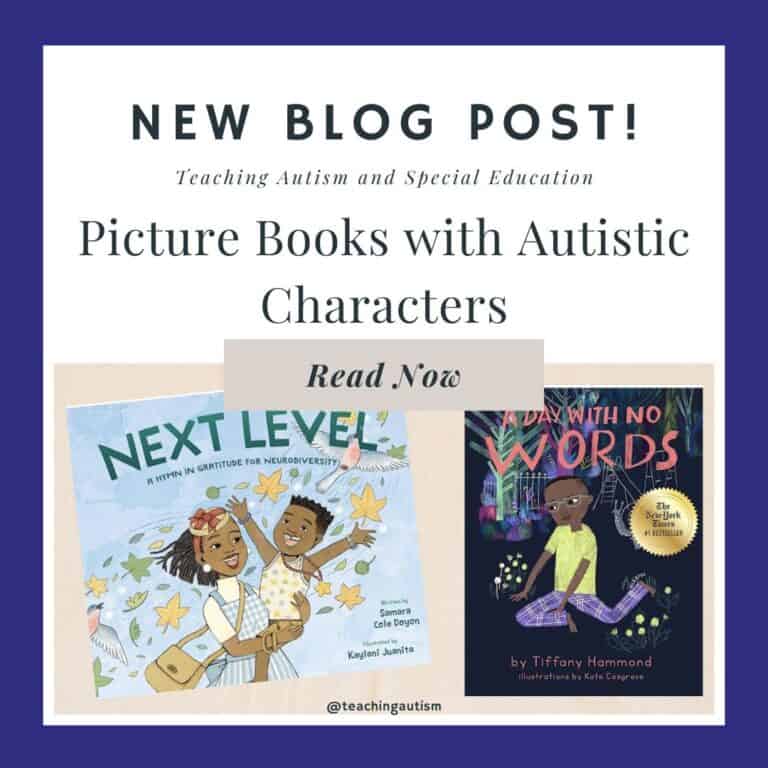Why You Shouldn’t Use the Puzzle Piece for Autism
Today’s blog post is on a very important topic – Why You Shouldn’t Use the Puzzle Piece for Autism.
April is just around the corner, and with it comes Autism Acceptance Month. That’s why I figured now is the perfect time of year to start sharing about why the autistic community don’t want the puzzle piece used to represent them. I’m going to be talking about the history of the puzzle piece.. Why not to use it anymore.. And what you can use instead.. As well as how to support the autistic community throughout April.
Autism Awareness > Acceptance
I also wanted to touch briefly on this change too. April used to be known as autism awareness month. The autistic community and charities have worked together to come to the new ‘Autism Acceptance’ phrase instead. The belief is to focus more on acceptance now.. And to ensure that everyone is accepted for being themselves in all settings, including schools.
But.. I’m Autistic and I Like the Puzzle Piece
This is completely ok. There are always going to be people in every walk of life with different opinions. However, research has shown us – with the autistic community themselves – that the majority of autistic individuals do not identify with the puzzle piece.
As an autistic individual, you are absolutely free to choose any sign or symbol that you feel represents you, your life and who you are as a person. If you feel a connection to the puzzle piece, this is ok. It’s your right to identify however you want.
If you are a family member, friend, teacher, carer.. Or anyone who is not autistic.. Then I would spend some time looking into the puzzle piece and make decisions moving forward of how you can best support the autistic community without using the puzzle piece.
The History of the Puzzle Piece
The puzzle piece was originally designed by Gerald Gasson in the 1960s. Gerald was a board member for the Autistic Children Association. And from there on, the puzzle piece became the symbol for autism.
Gerald was not only a board member… But he was also a parent of an autistic individual. It is often referenced that Gerald decided to go with this because there was much discussion about how autistic individuals were full of unknowns.. Like puzzle pieces. And often there has been discussions regarding that because of the differences in autistic individuals brains.. They were a puzzle piece.
That original drawing of the puzzle piece actually included a crying child as part of the image. This was eventually replaced with vibrant colors.
In 2005, an organization, who I won’t name, was founded. And they used a new version of the puzzle piece to represent their organization.. It was blue. They were created to “spread autism awareness.” Unfortunately, over the years, this organization has had a profoundly negative effect on many autistic individuals. As such, the autistic community do not support this organization.
The blue color was picked because it was believed that autism was a boys condition. The organization have also championed efforts to try and find out the causes for autism and how to “fix it.” There have been mentions of cures and future preventions over the years.
There has been some progress that the company has claimed they have made over the years but it is still very much a company that autistic individuals do not want to be supported. Please keep in mind that when we put time and energy into supporting out autistic community.. And especially in April when all sorts of posts may come up on your timeline.. To try and support the organizations that actually help and support our neurodivergent community in a healthy and positive way.
What to Use Instead
So, the new symbol that the majority of the autistic community really want to be used to represent them is in the infinity logo. The rainbow infinity symbol is created to not only represent autistic individuals but also all the neurodivergent community, making it fully inclusive.
Dr. Stephen Shore once said that “If you’ve met one person with autism, you’ve met one person with autism.” And I think this is one of the truest quotes I have ever come across. And the infinity symbols really helps to cement this. Autism isn’t a puzzle or a piece of a jigsaw that’s missing.. It is just a population of individuals who experience life differently in an infinite amount of ways. The infinity symbol is perfect! It’s inclusive and truly representative. So I can completely understand why the autistic community are in support of this.
But, I Didn’t Know!
It’s ok. I think the main thing that we need to remember is that every day is the opportunity to learn. And when we learn, we can then move forward with our new found knowledge. Nobody is perfect. I myself am guilty at having previously used the puzzle piece because that is what was taught to us, and used all around us. Over the years, social media has actually been a brilliant place to amplify neurodivergent voices.. And as such, I have been taught so much!
From the time I learned about this, I have done my best to update everything related to my business to remove the puzzle piece. It’s still taking time, but I am getting there. And I am helping to support the autistic community by providing information to others, who may also be unaware of the puzzle piece.
How to Support
World Autism Day is April 2nd. And while I am fully supportive of the day and the month for spreading acceptance.. And awareness.. I also try to ensure that I am doing this all year around too. Our neurodivergent community should not only be supported for one day or one month of the year. That support should be there every single day.
So, while I have a bunch of resources that I use in my classroom – and that I share with other classrooms as well – to teach about autism. (Which you can find here.) There’s also other ways that I support throughout the year;
- I follow the #actuallyautistic tag on social media to listen to individual voices, thoughts and preferences.. It helps me learn a lot!
- And I join neurodivergent Facebook groups where I can learn from other voices.
- I support autistic businesses – there are tonnes on Etsy and other websites too. You can find most of them by asking in the Facebook groups.
- Here I share my favorite picture books to teach about autism. There are also tonnes of books by autistic authors that are great reads.
- I listen to podcasts run by neurodivergent individuals so I can learn more about their lives. My favorite episodes are when they introduce other neurodivergents and that really helps me to hear just how different everyone’s experiences truly are.
If you found this blog post helpful, please consider sharing it with your friends and colleagues on social media.
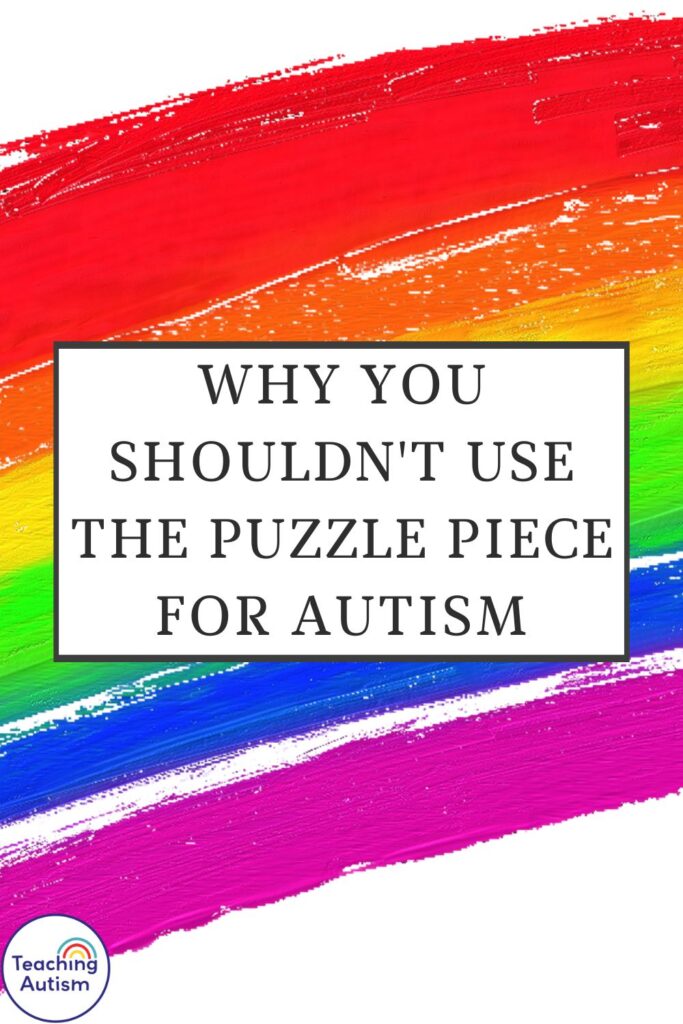
P.S. Have you signed up for my VIP membership yet? If not, head on over and sign up now. You’ll get access to hundreds and hundreds of resources, templates, crafts and more being uploaded every month!
Nikki


